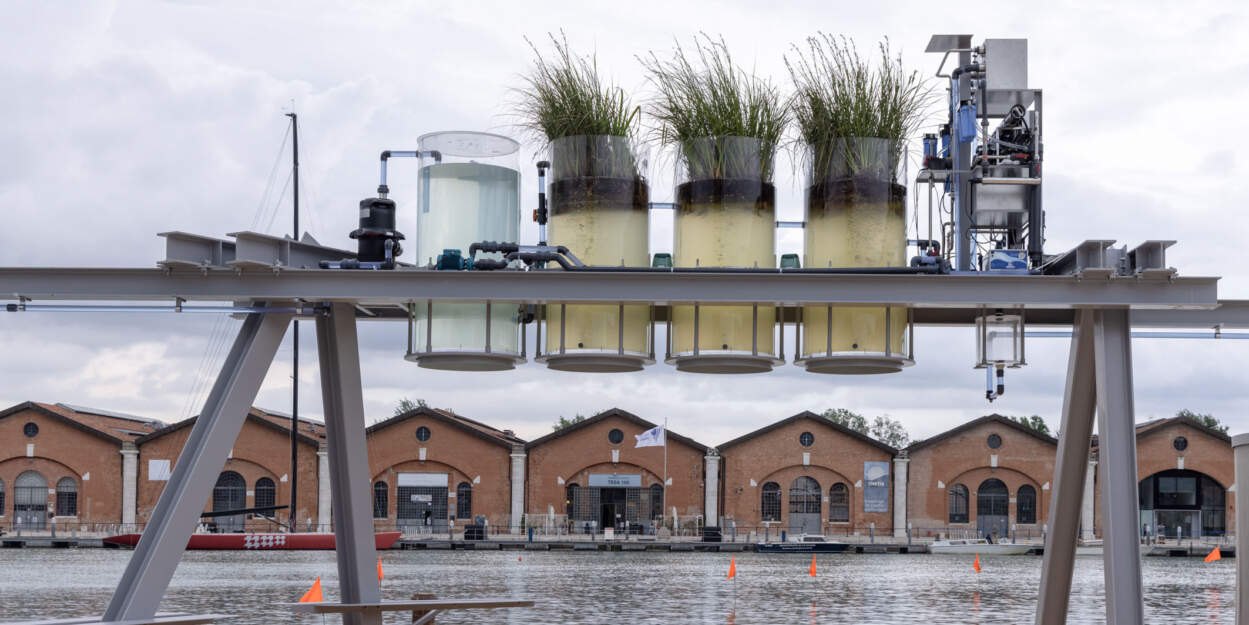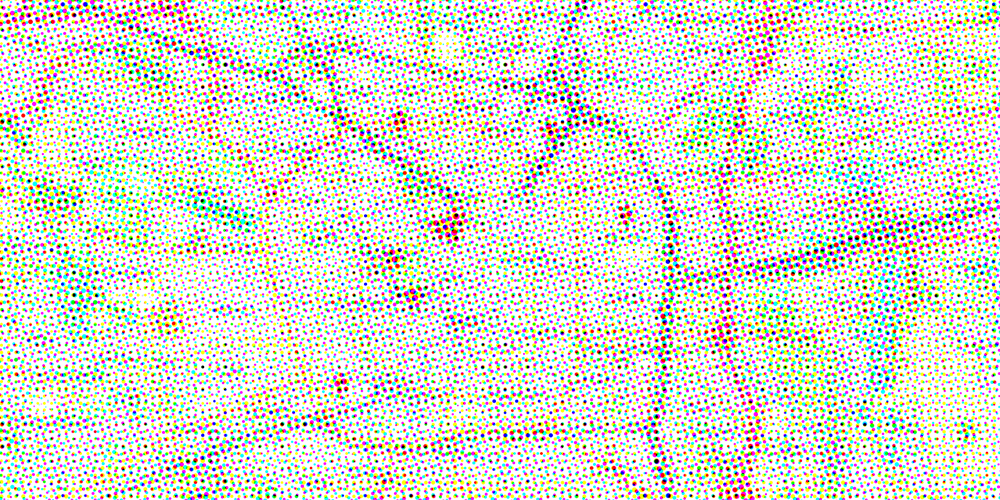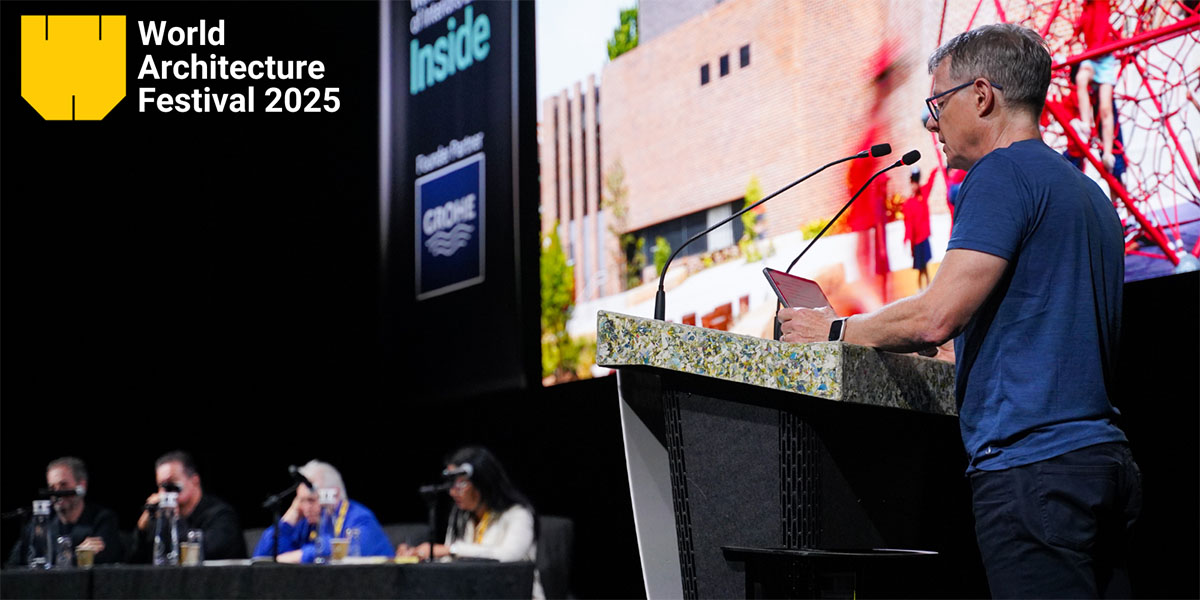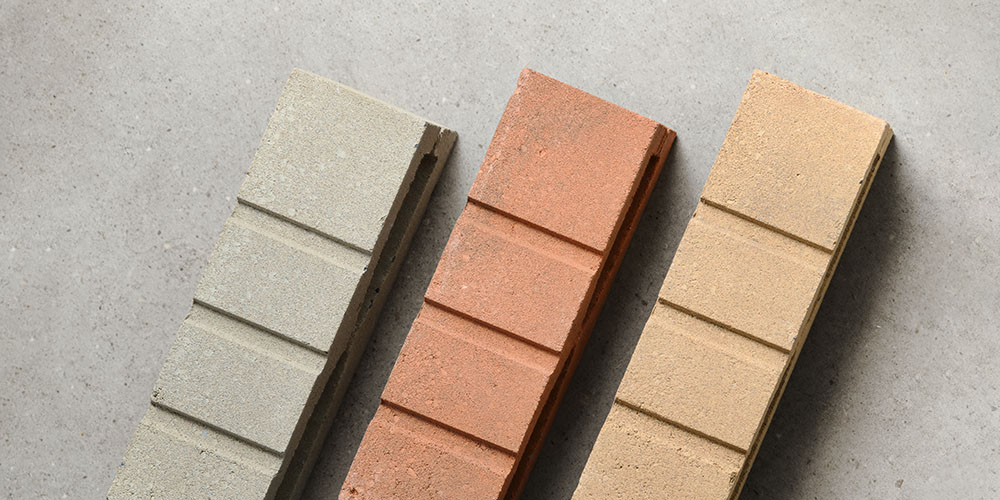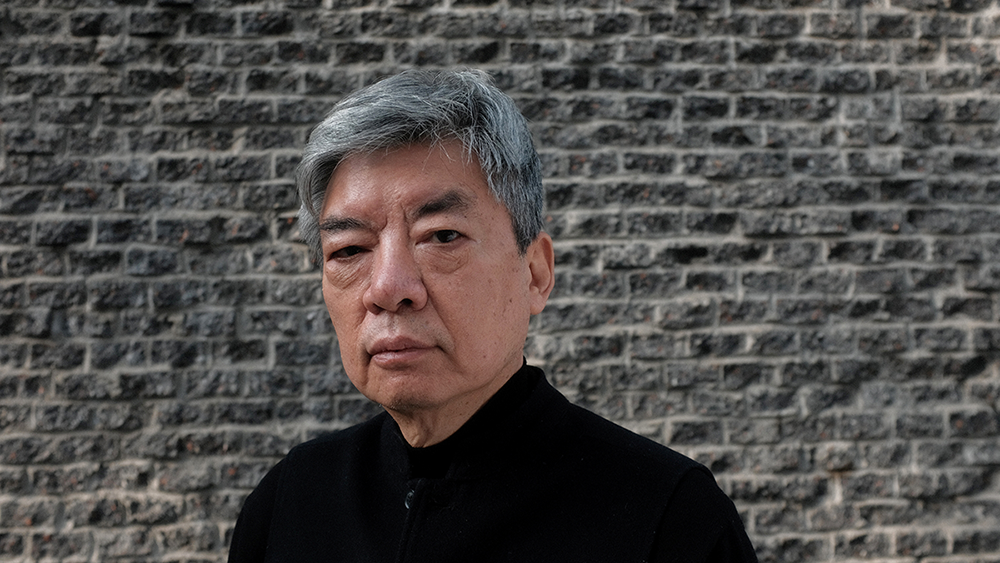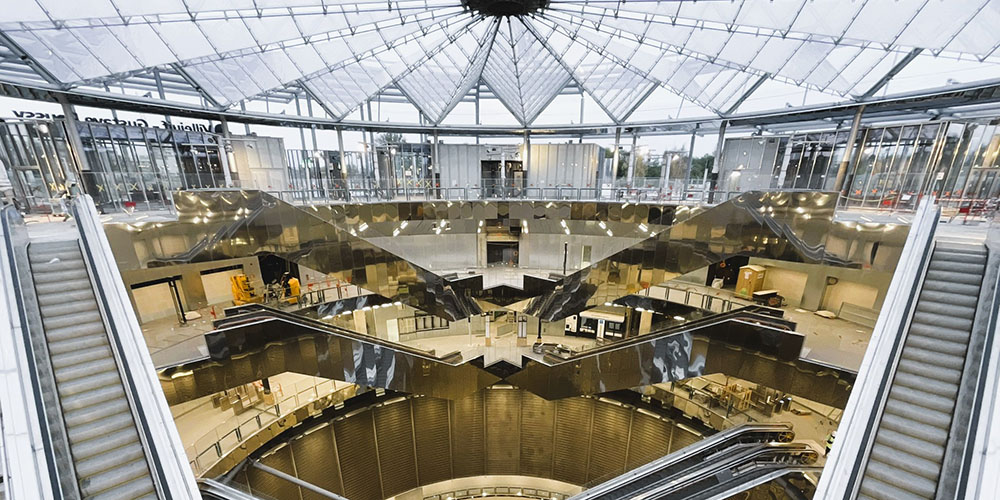The Tower of Light in Manchester is a 40-metre tall tower supporting and enclosing flues for a new low-carbon energy centre in the United Kingdom‘s second-most populous urban area with a population of 2.7 million.
The biomimetic structure has built on the decade-long innovation and research, Shell Lace Structure, pioneered by Tonkin Liu and developed in collaboration with engineers at Arup.
Biomimetics is an interdisciplinary field in which principles from engineering, chemistry and biology are applied to the synthesis of materials, synthetic systems or machines that have functions that mimic biological processes.
Learning from geometries in nature, the Tower of Light’s form is its strength.
The super-light, super-thin single-surface structure uses the least material to achieve the most. The tower is constructed from 6 and 8mm thick flat steel sheets, tailored, laser-cut, then welded together to create a curved stiff strong surface.
Modern methods of construction using advanced digital modelling, analysis, and fabrication, combined with principles of tailoring, have made the Shell Lace Structure innovation possible. This is the largest built Shell Lace Structure to date.
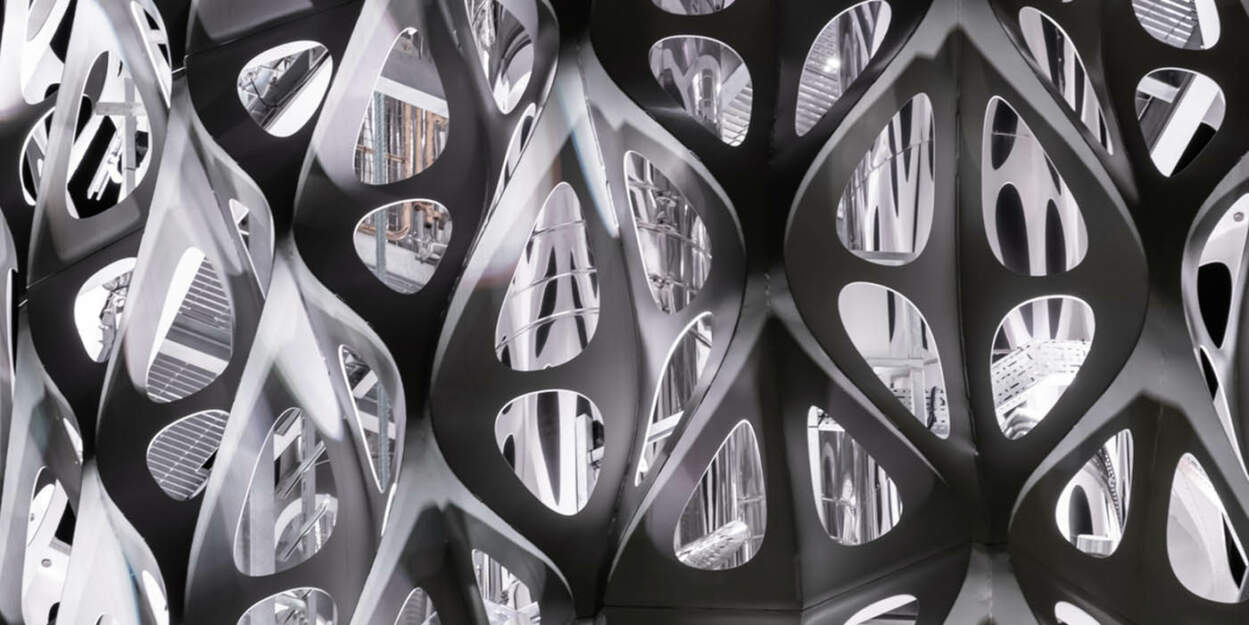
The Wall of Energy is a 63-metre long, 4- 6 metre height street façade enclosing the new energy centre. The glazed ceramic tiles reflect light and movement from the clouds in the sky, and the hustle and bustle of pedestrians and cars on the streets.
The tessellated interlocking lozenge tile pattern evokes the dynamic energy of earth’s movements, as seen in patterns left in the sand by ocean waves.
The 31 different tile types produce undulations that increase in height, across a total of 1373 tiles. Contained within a structure inspired by nature, the technological working of the new energy centre hall can be viewed through a long ribbon window.
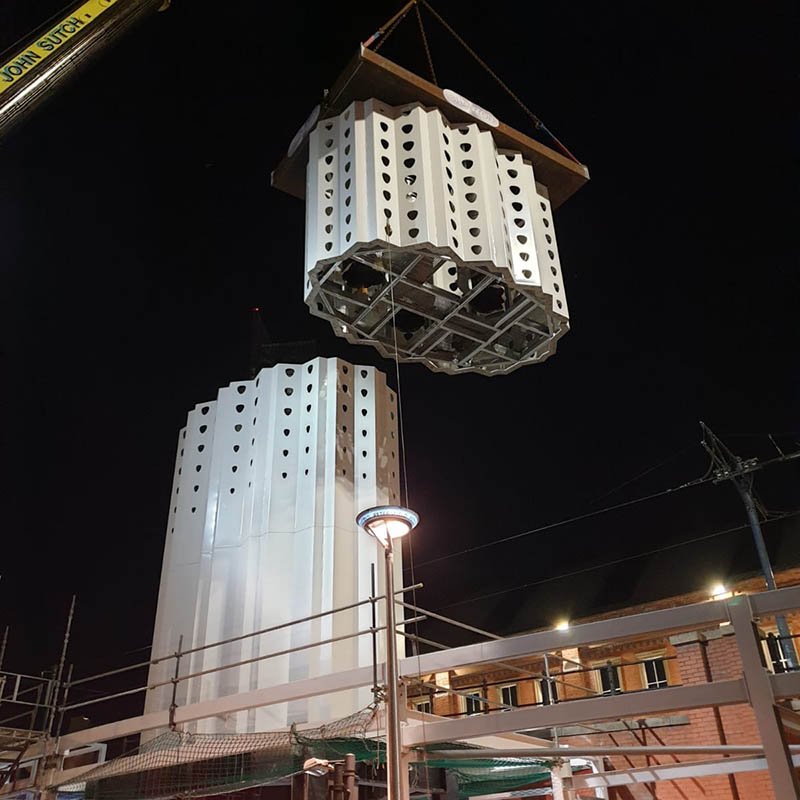
Minimal energy is used to light the Tower of Light.
During the day, polished reflectors inside the tower move in the wind, to reflect sunlight into the tower’s chambers and fill the tower with moving light.
During the night, LED lights directed at the reflectors create animated, programmed light sequences every quarter of an hour, marking the passage of time.
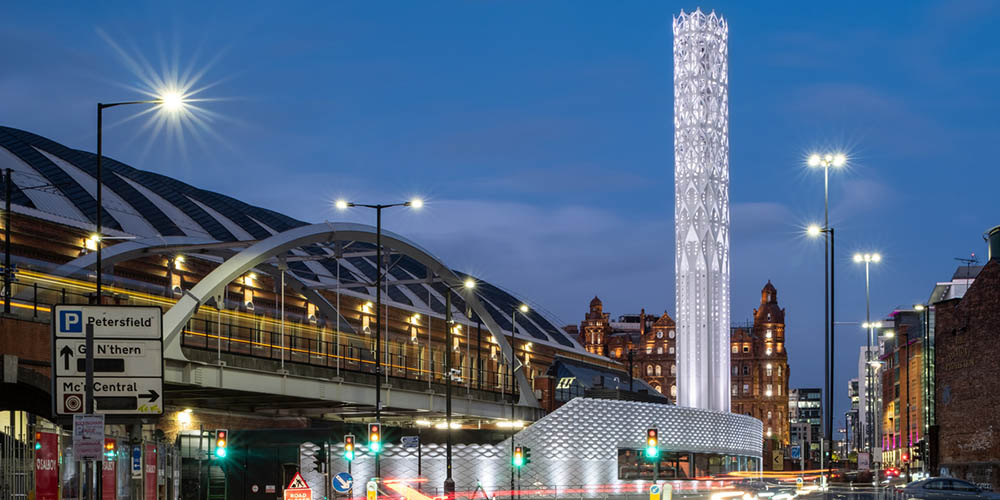
The Wall of Energy reflects the light of moving clouds and car headlights on the street, as well as being animated with integrated programmed light at night. On landmark dates across the year, the Tower and Wall are illuminated together with colours to mark cultural celebrations.
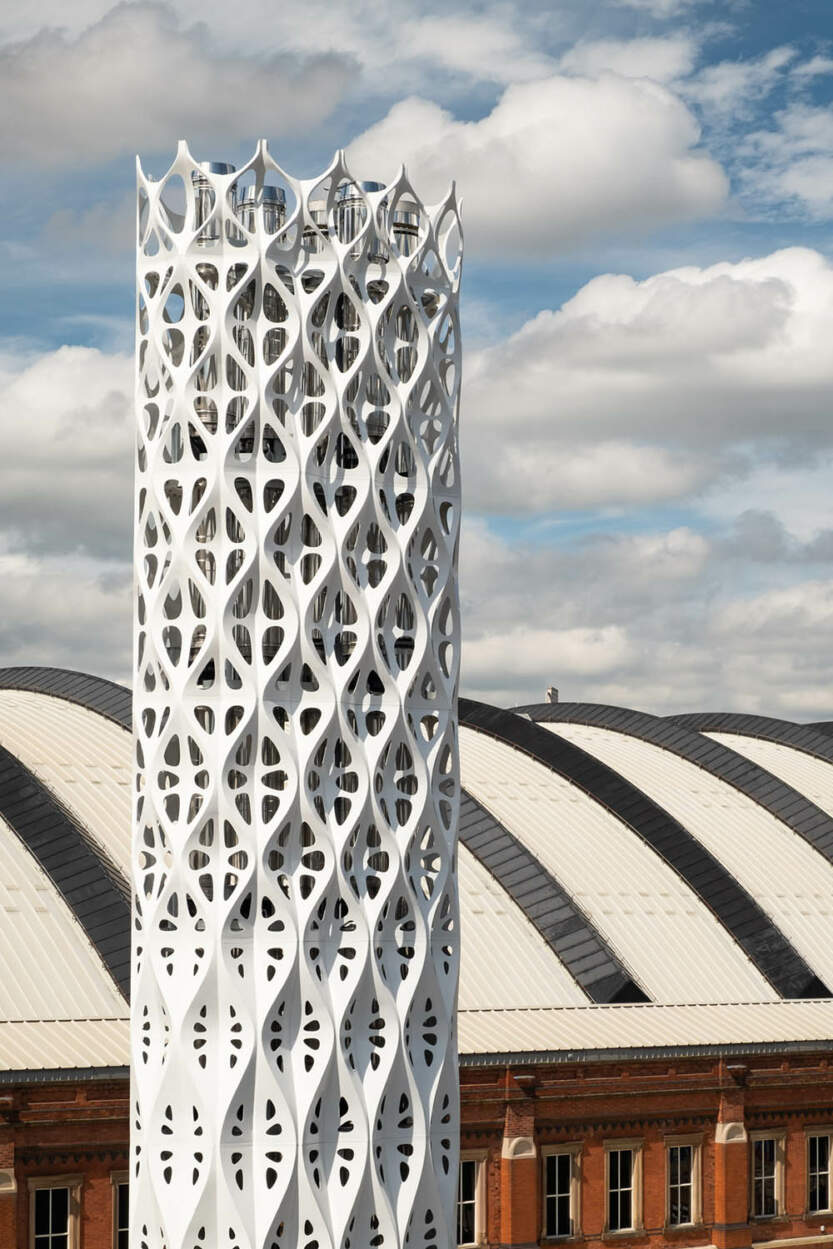
Tonkin Liu worked with locally based fabricators to deliver both the tower and the wall. The tower was fabricated by Shawton Engineering, where the final stitch-welding was reserved for the most experienced hands of two veteran welders. The ceramic tiles were fabricated by Darwen Terracotta, one of the UK’s oldest and most respected terracotta companies.
With the opening of the Civic Quarter Heat Network (CQHN) and Energy Centre, key civic buildings in the centre of Manchester are provided with low carbon energy through a 2 km network of buried, insulated pipes and power cables. The Energy Centre contains a highly-efficient 3.3MWe CHP engine with two back-up12MW gas boilers.
The centre has the capability to incorporate future low/zero carbon energy technologies, including the use of Green Gas, Hydrogen Fuel, and Heat Pumps. without disruption to the supply.
Heat from the power-generating CHP engine is harnessed to create hot water, distributed through the insulated district pipework across the city. The technology improves energy, contributing towards the city’s goal of becoming zero carbon by 2038.
The completed Tower of Light and Wall of Energy create a prominent new gateway into Manchester’s historic district.
Together they form a holistic energy landmark that engages communities with the innovative technologies at the heart of Manchester’s low-carbon ambition and Climate Change Action Plan.

